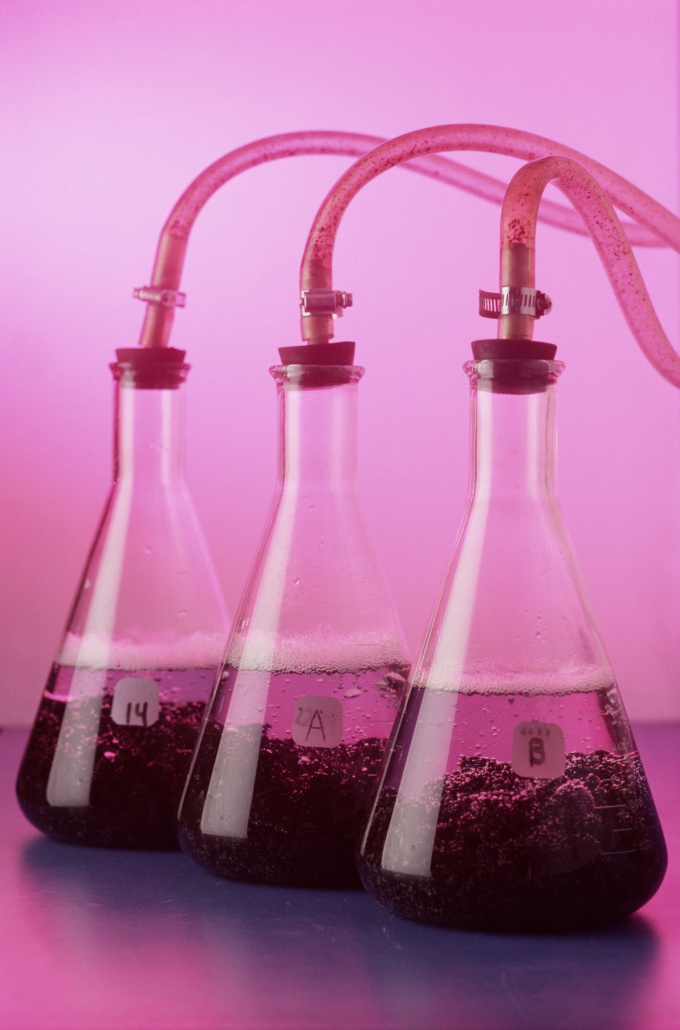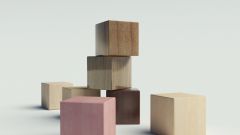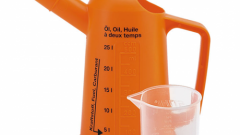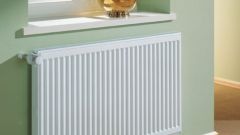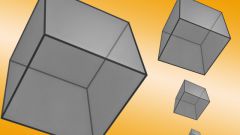Instruction
1
According to the physico-mathematical theory of one liter equals zero point one thousandth of cubic meters, that is 1 liter = 0.001 m^3 (where m^3 – means "cubic meter"). Then one cubic meter is equal to one thousand liters, 1 m^3 = 1000L.
Based on the above rules, it follows the algorithm: to convert cubic meters to liters, multiply the given in the problem statement numerical value by one thousand. For this purpose the comma from numbers on move three characters to the right.
Example 1. May need to translate 5 cubic meters to liters. Solution: 5 m^3 = 5*1000 = 5000 liters.
Example 2. May need to transfer of 0.5 cubic meters to liters. Solution: 0.5 m^3 = 0,5*1000 = 500 L.
Example 3. May need to translate 57 cubic meters to liters. Solution: 57 m^3 = 57*1000 = 57000 L.
Based on the above rules, it follows the algorithm: to convert cubic meters to liters, multiply the given in the problem statement numerical value by one thousand. For this purpose the comma from numbers on move three characters to the right.
Example 1. May need to translate 5 cubic meters to liters. Solution: 5 m^3 = 5*1000 = 5000 liters.
Example 2. May need to transfer of 0.5 cubic meters to liters. Solution: 0.5 m^3 = 0,5*1000 = 500 L.
Example 3. May need to translate 57 cubic meters to liters. Solution: 57 m^3 = 57*1000 = 57000 L.
2
If you want to translate liters to cubic meters, multiply the number by zero point one one-thousandth or divide it by a thousand. These mathematical actions of a comma from the original number moves to the left three characters.
Example 4. You want to translate 0,3 liters per cubic meter. Solution: 0.3 l = 0,3 / 1000 = 0,3 * 0,001 = 0,0003 m^3.
Example 5. How many cubic meters is placed in 8 liters of a substance? Solution: 8 l = 8 / 1000 = 0,008 m^3.
Example 4. You want to translate 0,3 liters per cubic meter. Solution: 0.3 l = 0,3 / 1000 = 0,3 * 0,001 = 0,0003 m^3.
Example 5. How many cubic meters is placed in 8 liters of a substance? Solution: 8 l = 8 / 1000 = 0,008 m^3.
3
If the resulting answer is too long, simplify recording, using prefixes. Table notation adopted (multiple or decimal fraction) decimal prefixes can be found in any physical directory. One of them: O. F. Kabardin. Physics. Reference materials. Moscow. "Education", 2000.
Example 5. How many cubic meters is placed in 8 liters of a substance? Solution: 8 l = 8 / 1000 = 0,008 m^3 = 8 ml. (milliliters).
Example 5. How many cubic meters is placed in 8 liters of a substance? Solution: 8 l = 8 / 1000 = 0,008 m^3 = 8 ml. (milliliters).
4
You can also too long, burdened with zeros, the number of record in the form of works with power ten. That is, the number 1000 can be written as 10^3 (cubed), and the fraction 0,0042 present in the form of 42* 10^(-4) (to the minus fourth power).
If you go back to example 4, then the solution can continue: 0.3 l = 0,3/1000 = 0,3*0,001 =0,0003 m^3 = 3*10 (-4) m^3.
If you go back to example 4, then the solution can continue: 0.3 l = 0,3/1000 = 0,3*0,001 =0,0003 m^3 = 3*10 (-4) m^3.
